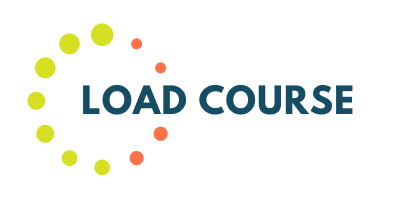Running Lean Workshop
$297.00 Original price was: $297.00.$48.00Current price is: $48.00.
See all our reviews
Running Lean Workshop
Sale Page: Running Lean Workshop
Original price: $297.00
You just pay: $48.00
Status: Instant Delivery
I attended a Running Lean workshop by Ash Maurya. It is closely tied with his book Running Lean which all attendees got for free during the workshop (I already owned it before).
So what is Running Lean about? My view: Everyone remembers the dot com bubble. Technological idea (anyone remembers Pointcast? 🙂 bought by investors. Car keys and a new house for anyone who had any idea. And yet most of those ideas failed. Ash said that 9/10 startups fail, I believe that this number was much higher during the dot-com era. Why is that?
Short story: Ideas are cheap. They mostly don’t work. However clever your idea is, it is not judged by your visionary self, but by customers. Most startups end up building stuff nobody wants. Running Lean is a methodology to eliminate waste. And since customers have the final word, let’s let them have the first word too.
Ash divides product lifecycle to several milestones:
Problem/Solution fit
First milestone’s goal is to get problem/solution fit. It starts by validating if you solve the right problem (does anyone actually have this problem?). If this fails validated learning (people from target customer segment fail to show that they have this problem and are willing to pay someone to solve it), kill the product. It may be sad to kill your nice product idea, but it is much worse to kill it after building it. Convincing people they have a problem when they don’t think so would be very difficult.
You then (and this is important) try to find out if the problem (that’s worth solving) has a solution you can build and that customers like your solution and would prefer your solution vs. other solutions. When this is validated with customers, you have achieved Problem/Solution fit.
From Ash: “The most efficient way of doing this is formulating a set of hypotheses and then testing them through customer interviews and subsequently via landing pages. This stage usually takes weeks or a couple months to complete.
Being able to demonstrate problem/solution fit through customer discovery findings and landing page conversions is much more credible than an untested story. The question then becomes can you execute on a solution to this problem and get customers to pay you.”
Product/Market fit
Ash’s words: “The objective of this stage is to build something people want and validate your business model i.e achieve Product/Market Fit. This is typically the hardest and most uncertain of the 3 stages as you are simultaneously iterating on product and searching for a repeatable and scalable business model. This stage can take months or years to navigate. Many startups end up running out of iterations here and either seek external funding or give-up.
Having built a minimum viable product and gone through a few iteration cycles certainly puts you in a much stronger position to demonstrate your ability to execute and maybe show some early traction albeit still mostly flat.”
Scale
When you have built something people want, you want to scale. This is when you think how to get more and more customers and this is also the best time to seek external funding (if you need it at all). When you seek external funding sooner, your investor’s goal is to scale (because they want return) and your goal is (or should be) to learn. After achieving Product/Market fit, your goal and investor’s goals are aligned.
Practicalities
To capture the essence of a businessplan and help you execute it, you need a short form you can talk about with stakeholders and validate. Several people propose a much shorter version than actual business plan, which I call “an spreadsheet of your dreams”. People usually put costs and revenue, growth numbers, etc. This plan is almost never updated, almost never read and contains projected numbers that are usually far from reality. But some “plan” or vision is required. Ash proposed Lean Canvas, which he released under a Creative Commons license. It is based on Business model canvas. I also like similar “Dashboard” by Komisar and Mullins from their book “Getting to Plan B”.
Conclusion
The workshop and the book are about validated learning and scientific method in building products. Some of the nice memes: “Your product is not the product, it’s the business model”. And the methodology can be summarized as “Right Action, Right Time”.
Eliminate waste, verify as soon as possible, learn and build something people want.
After you make payment, we will send the link to your email then you can download the course anytime, anywhere you want. Our file hosted on Pcloud, Mega.Nz and Google-Drive
KING OF COURSE – The Difference You Make
More Courses: Business & Sales
Q & A
Related products
Business & Sales
Business & Sales
Business & Sales
Business & Sales
Business & Sales
Business & Sales
Business & Sales
Business & Sales














Reviews
There are no reviews yet